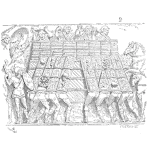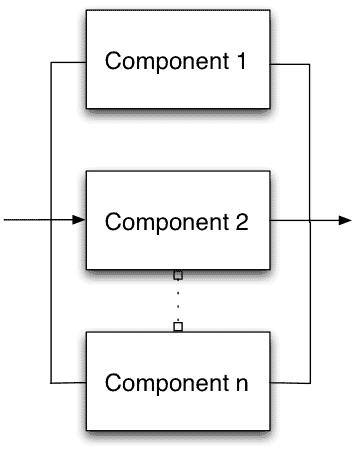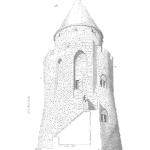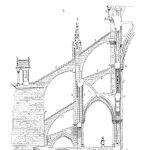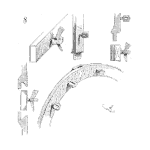
Recently a colleague sent me a published copy of the first CRE exam. Scanning through the document suggests that a few things have changed and many have not changed at all. I often comment my enjoyment of the reliability engineering profession, as it doesn’t change too fast and even I can keep up. [Read more…]
